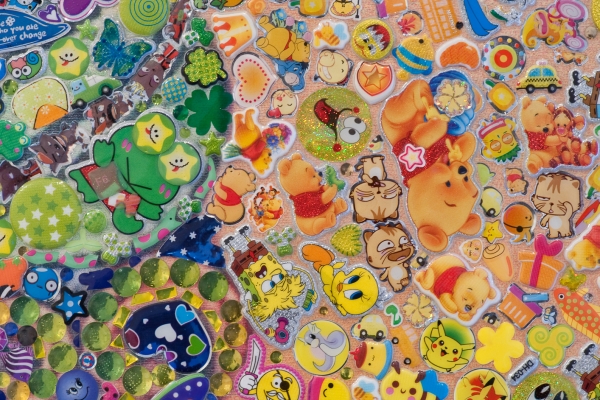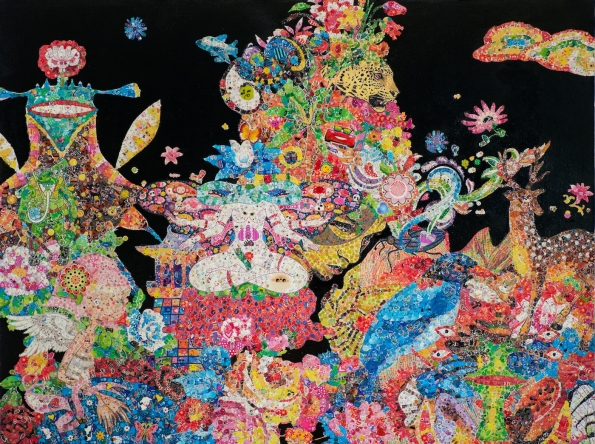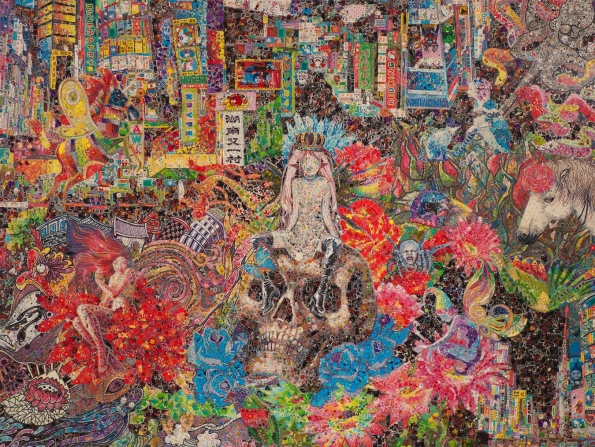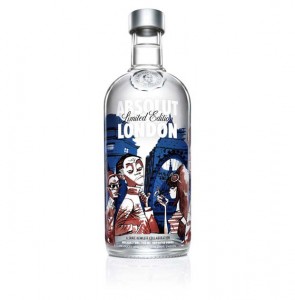 You may have heard that Absolut has launched a limited-edition of city series which Gorillaz’ Jamie Hewlett has produced an amazing design for. It celebrates the vibrant cultural city, capturing London’s creativity and rich style heritage in a unique bottle design which goes on sale in Selfridges and Harvey Nichols on 1st March 2012.
You may have heard that Absolut has launched a limited-edition of city series which Gorillaz’ Jamie Hewlett has produced an amazing design for. It celebrates the vibrant cultural city, capturing London’s creativity and rich style heritage in a unique bottle design which goes on sale in Selfridges and Harvey Nichols on 1st March 2012.
Set against a London backdrop, the bottle introduces key characters from the past who have influenced and shaped London’s present fashion scene. The seven characters encapsulate the city’s diverse heritage, spanning the ages from Dickensian and 18th Century Dandy, through to Pinstripe gent, 60’s chick, SKA, Punk and 80’s Casual.
To celebrate the launch, ABSOLUT will be offering consumers the chance to win one of 50 bottles via Instagram from the 9th of Feb. There will also be the chance to buy one of only 50 unique ABSOLUT London collectors gift packs, which go on sale on 22nd March. More information can be found on Facebook – http://www.facebook.com/ABSOLUTUK
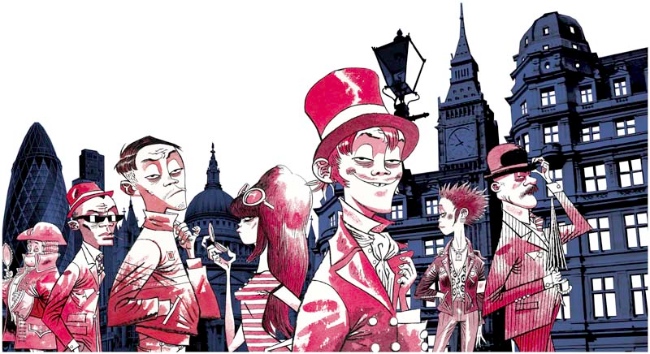



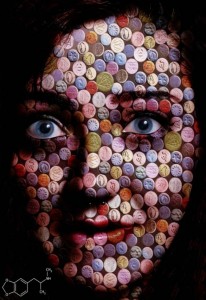
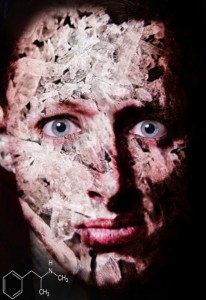
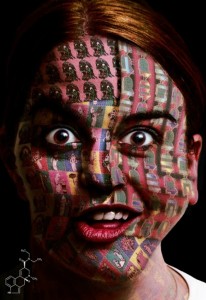
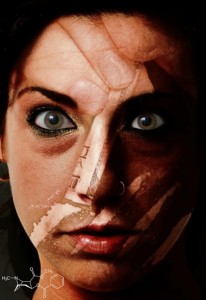
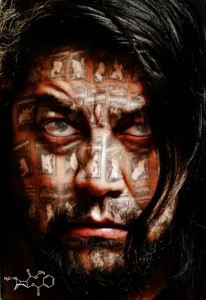
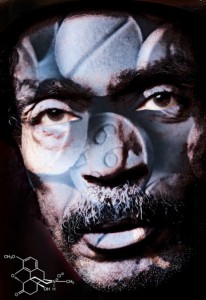
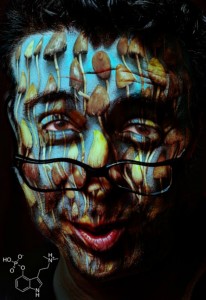
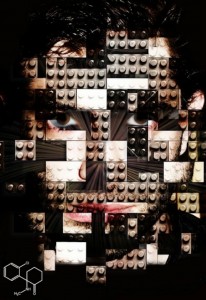
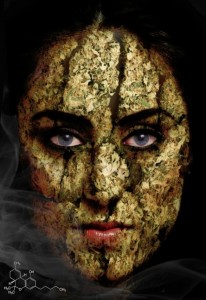
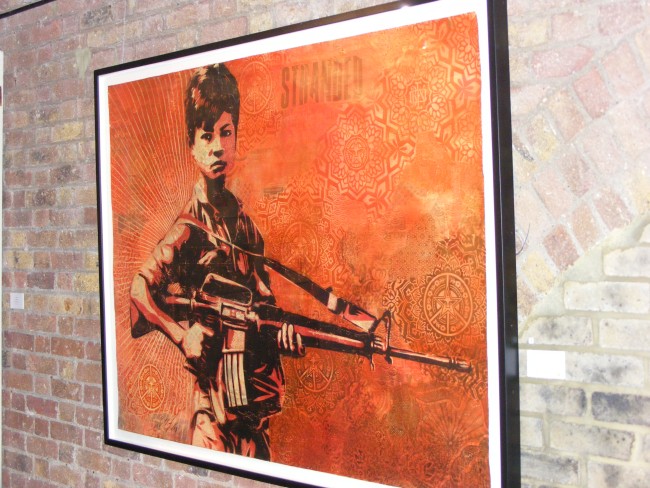
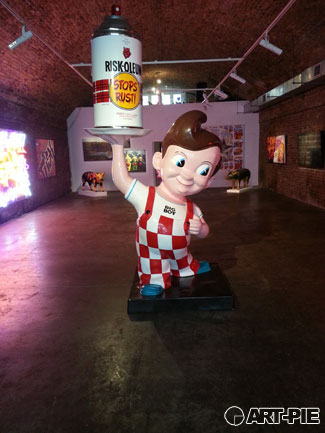
 We managed to get a look at the latest show at
We managed to get a look at the latest show at 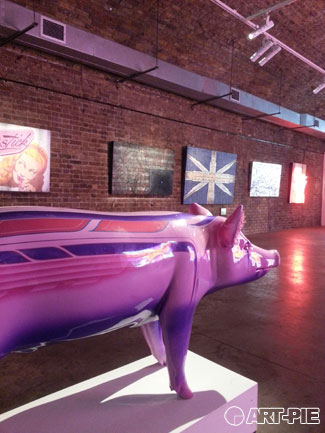
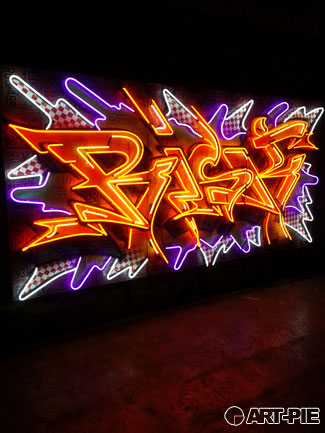
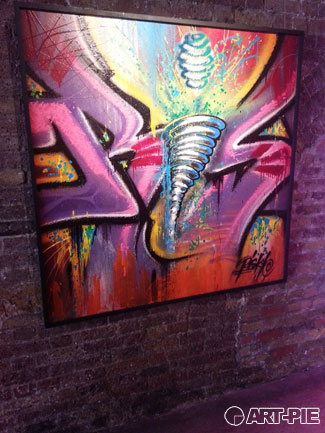
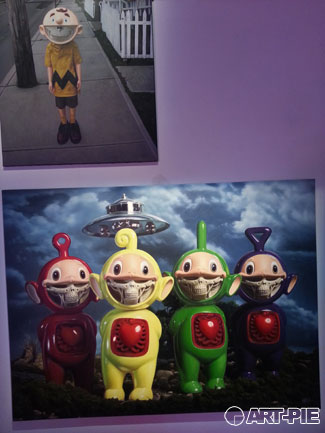
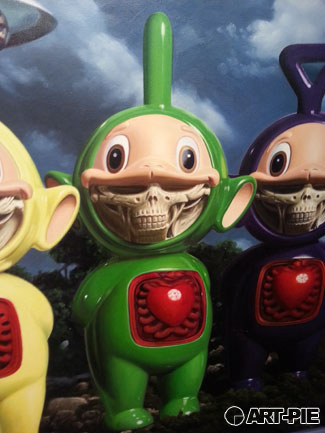
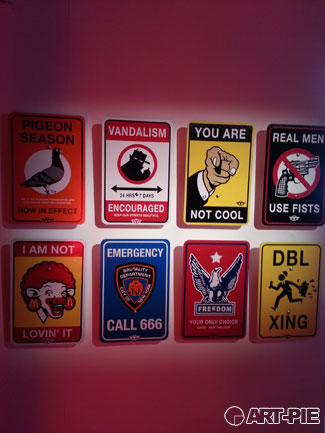
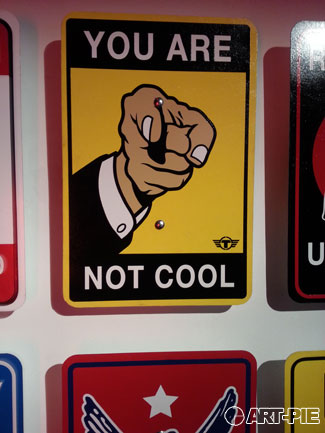
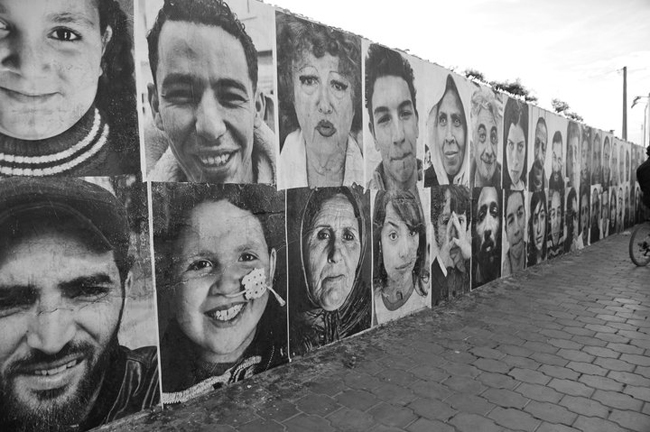
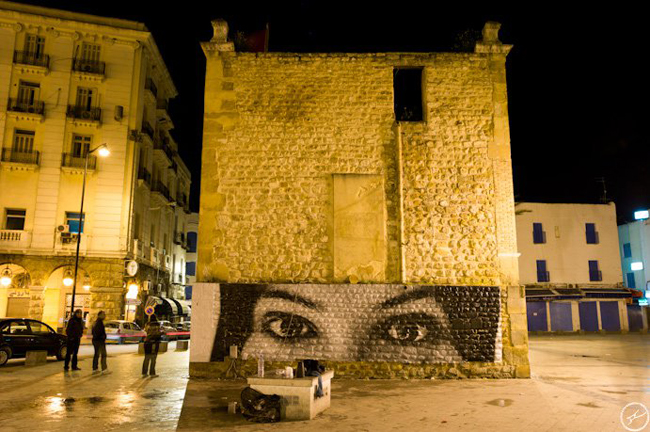
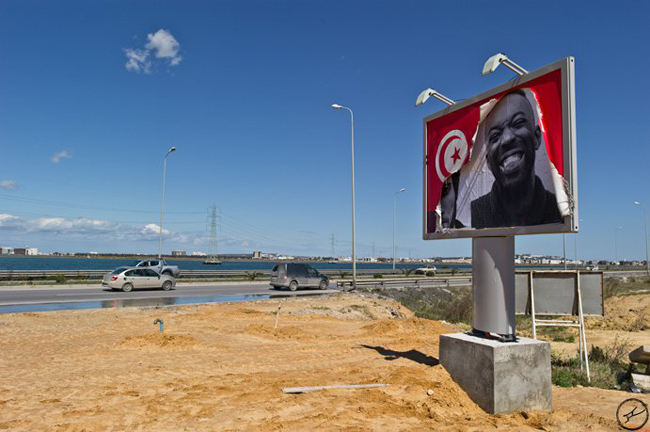
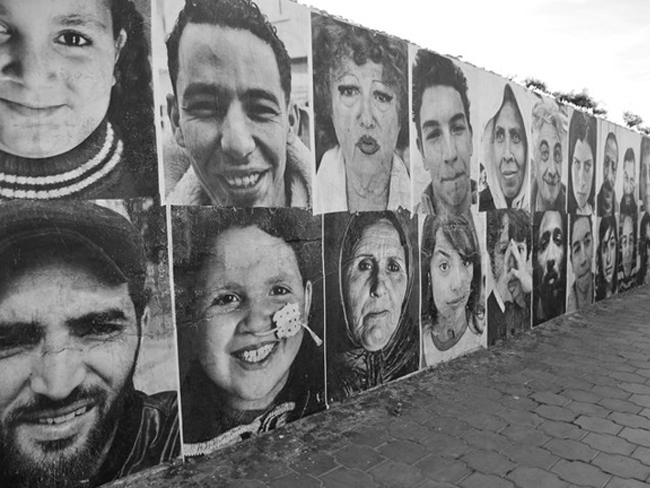
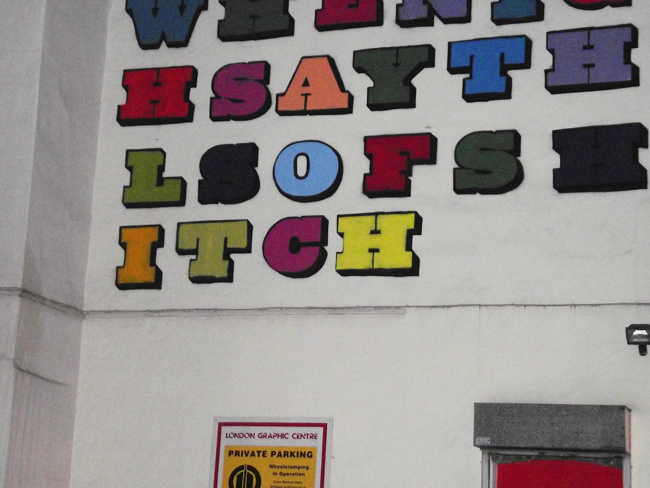
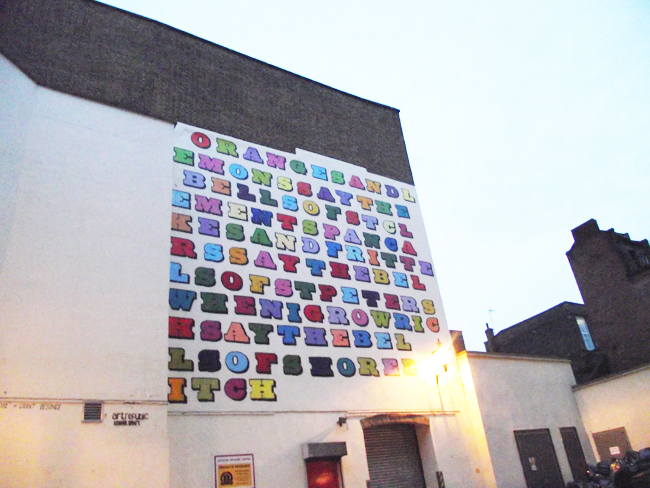
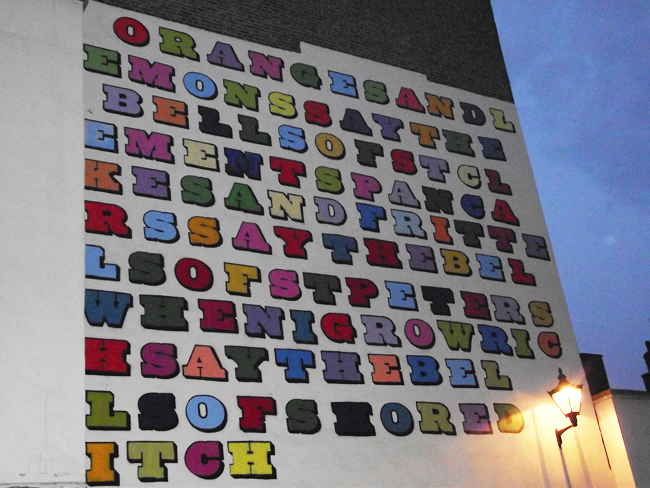
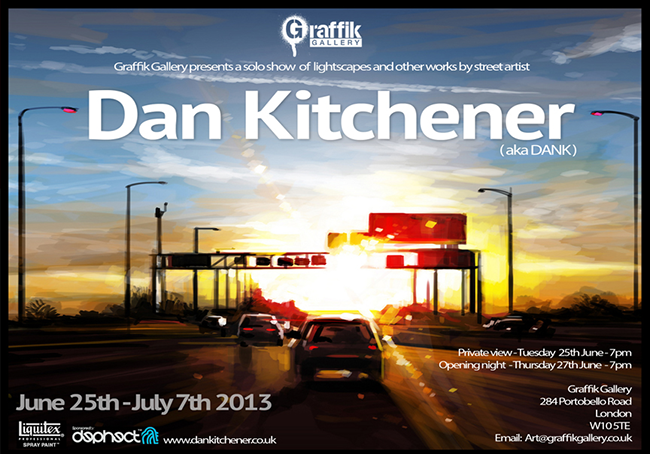
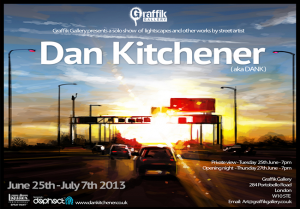 UK based artist, DANK aka Dan Kitchener’s second major solo show in London this year is opening at
UK based artist, DANK aka Dan Kitchener’s second major solo show in London this year is opening at 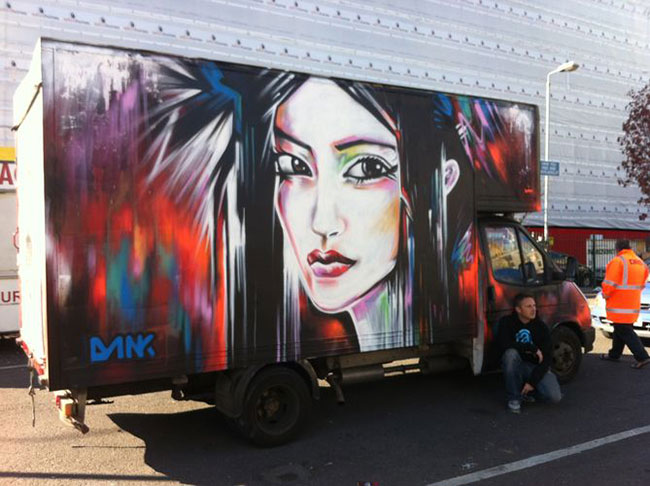
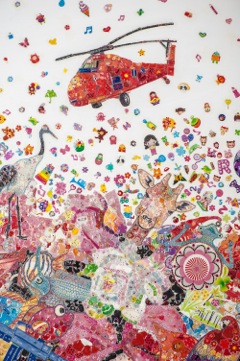
 Beijing based artist Ye Hongxing is having her the first UK exhibition at
Beijing based artist Ye Hongxing is having her the first UK exhibition at 